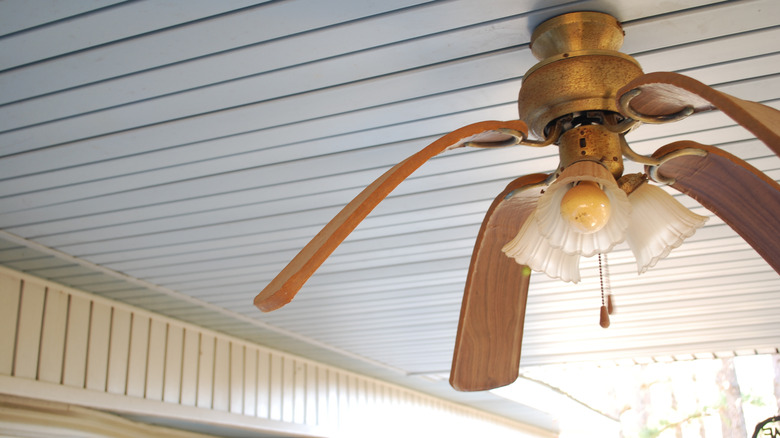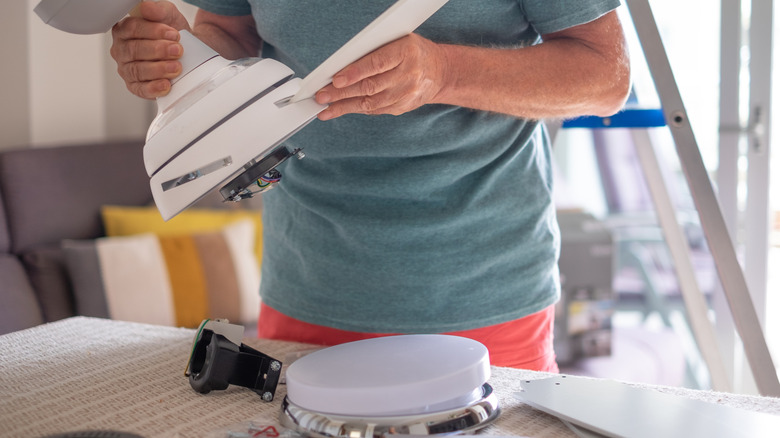How To Fix Drooping Ceiling Fans That Have Been Warped By Humidity
Have you noticed that lately it looks like your ceiling fan has given up on life? Maybe it's a little wobbly, or the blades are starting to sag. After a long summer of heat and humidity, your fan might be showing signs of fatigue. If you've noticed over the years your fan blades are starting to droop there may be a few things you can check before replacing the whole fan. You might even find, after troubleshooting, that you only need to replace the blades.
There are some mistakes people can make when adding a ceiling fan to a room that can lead to drooping blades. The humidity level of the room can be a big one. After a while the moisture content of a room can be absorbed by the blades, which can cause the blades to warp or sag, especially if they are made with cheaper materials. If you know you have a humidity issue in your home, it may be worth it to purchase a dehumidifier to help prevent this issue. Improper maintenance, low-quality materials, unbalanced blades, and dust or debris buildup are some of the other reasons your fan might be sagging. Before replacing your fan blades, you should check to see if your drooping fan has any of these other issues first.
Replace fan blades with quality materials to prevent drooping
The first and easiest step when it comes to diagnosing your drooping fan is to clean the blades. It's always a good idea to keep your fan's blades free of dust and dirt with regular cleaning. There are some easy hacks that will keep your ceiling fan dust-free, like spraying the blades with dust-repellent spray. Removing dust is extremely important because dust can hold onto extra moisture in the air, which will weigh your blades down.
Next, make sure there is no power to your fan and check for loose screws. Tighten all the screws on your fan motor and blades, make sure the fan is securely mounted to the ceiling, and check each blade for balance or warping. If your blades are warped, you'll need to replace them. You can purchase extra blades from most hardware stores or online — use your model number to get the right blades for your fan. Fan blades made from timber or other low-quality materials are more susceptible to moisture, which can lead to drooping or warping. For high-humidity regions, blades made with ABS plastic or composite materials are the best option.
Balancing your fan blades should also help prevent drooping and wobbly or noisy ceiling fan issues. You should always do this if you have replaced your blades to ensure they are properly balanced. Replacing your fan blades with better quality materials and performing regular cleaning and maintenance should prevent your fan from drooping in the future.

